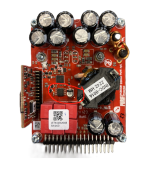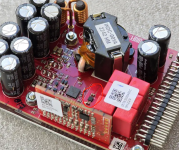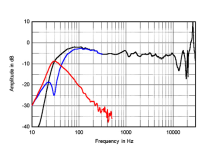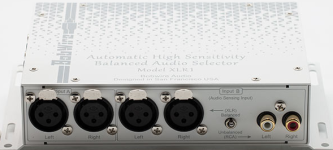Hi @james dysonHey Alan
On ASR there was a question regarding the validity of your corrected SINAD figure. The poster said it wasn't valid because the noise floor increases with increasing power output. Therefore just taking the shorted input noise figure doesn't account for the increased noise at higher power output. Whats your response to that?
Thanks for your question. If I understand the question correctly, the poster makes a valid point. An amplifiers noise floor does indeed increase at higher output levels compared to low or no signal output.
However, at the test point in question that of ASRs favourite 5 watts into 4 ohms
So at this test point, it is a far more accurate method to measure THD+N than not taking the signal generator inherent noise into account (circa 3dB error).
If I get time I will publish some measurements of how the noise floor changes with output level.
Hope that helps.
Alan




